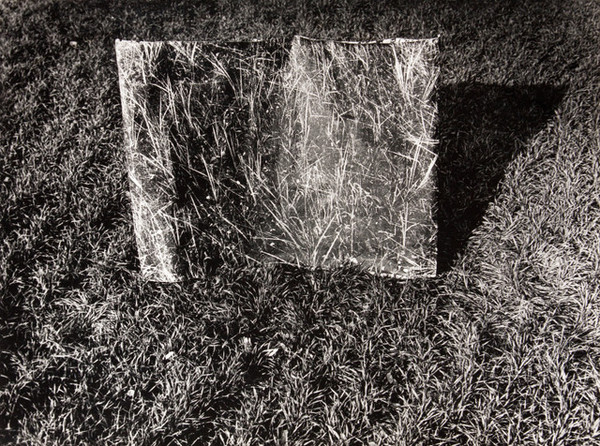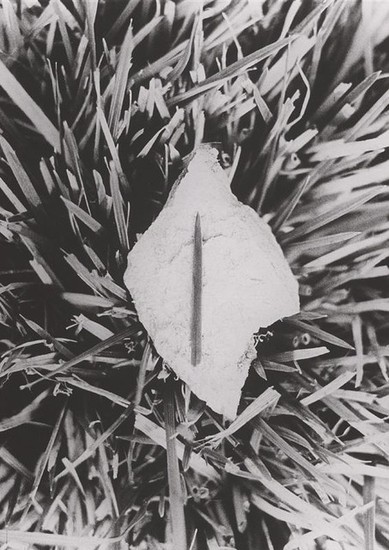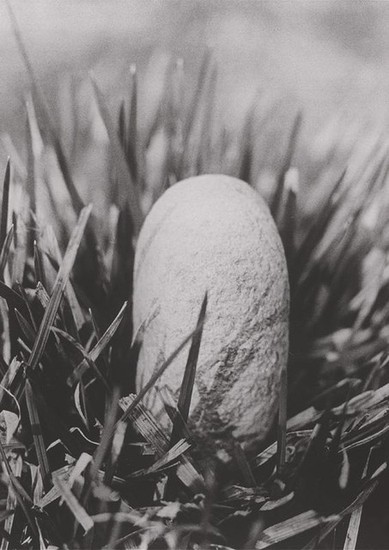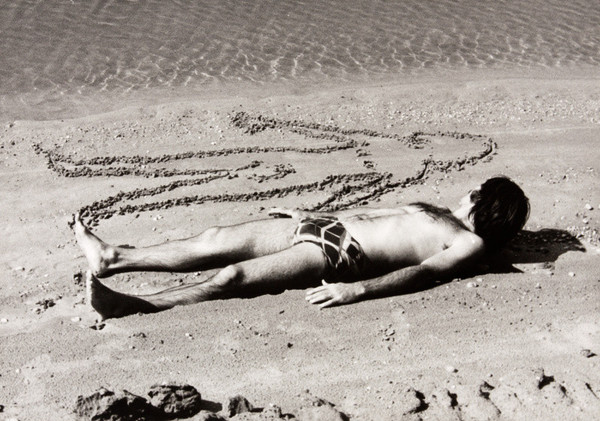Zvolenský zámok, Zvolen
Curators: Vladimíra Büngerová, Lucia Gregorová Stach
The current exhibition of the author with the title The piece of land consists of documents about performances and actions in the scenic background. Next, the exhibition consists of conceptual artworks and projects focused on photography, documents, and objects.
The majority of them was presented as a part of the retrospective exhibition in Slovak nation gallery in Bratislava (30. 11. 2012 - 17. 3. 2013), the exhibition is complemented by other artworks.
In 2012, Slovak national gallery in Bratislava prepared the retrospective exhibition and monographic publication of Jana Želibská Zákaz dotyku/No touching as continuation of the research program, which is focused on adaptation of prominent characters of Slovak fine arts of second half of 20th century.
The exhibition at the Zvolen castle gives the complete view on the author's realization beyond institutional and gallery space in 1960's and 1990's. Those realizations, which are connected with her view on independent space of land, are firstly based on her close relationship with nature and secondly on revaluation of the authorial base from the position of gender sensitivity. In this frame, Želibská's objects rose from nature materials which foreshadowed her thinking in the installation.
Jana Želibská said about this phase of her work: "My actions from 1970's and 1980's are above all the stories which happened between nature and the woman. The woman is presented as the diamond-shape stone which is transected by grass-blade. The artworks were full of humor as well as myths about the essence of nature and a woman in the same time. The prime matter of the adorning woman, isn't it? The body was easily connected as nature with the nature of the body." (1997)
During the time, when the artworks were created in the country, the author belonged to the unofficial art scene. The protagonists of this unofficial scene had limited opportunities of their presentation at official exhibitions in galleries. The production beyond the boundaries of galleries and "the escape" to nature offered Jana Žlibská and other unofficial artists the independent space for other possibilities of their creativity and self-realization according to the spirit of contemporary international artistic trends of dematerialized art and new media of avant-garde.
Jana Želibská (1941 Olomouc) belongs to the progressive generation of action and conceptual artists who appeared on Czechoslovak artistic stage in 1960's. In her early period of work, she reevaluated the impulse of international tendencies, mostly Pop-art and French New realism. The theoretic of French New realism, Pierre Restany, wrote in 1973 a catalogue about Želibká's solo exhibition in Paris The taste of paradise, where Restany entitled Jana Želibská as "eternal Fiancé of spring."
During 1959 - 1965 Jana Želibská studied at the Academy of Fine arts in Bratislava in studios of graphic and monumental painting. In 1968 she gained scholarship for the placement in Paris. During this time, the streets of Paris were full of riots led by students. After returning home, she was affected by the actions of August in 1968.
In November of the same year, Želibská, Alex Mlynárčik, and Karol Lacko declined their attendance at the international biennale of contemporary art Danuvius in Bratislava as their protest. This manifestation of their political attitude defined the elimination of Jana Želibská from official life of exhibitions after 1971 during the period of normalization.
Želibká was participated in the birth of environment and the object in 1960's, then in the birth of action and concept in 1970's, next in the birth of the postmodern object and installation at the end f 1980's, and finally in the birth of Video art in 1990's. As the only one in her generation of artists, Želibká openly defined intimacy and relationships between men and women. She also "celebrated" the body of women in the (proto) feministic way. She said about her attitude toward feminism: "I have never declared my claim to support for feminism. If I ever was a feminist, I did not know about it. My views on a woman are the same as on a man. From smile-critical till sarcastic. My living is very private, so I change, move and put the finishing touches to all received "information." So, I play with myself." (1997)



